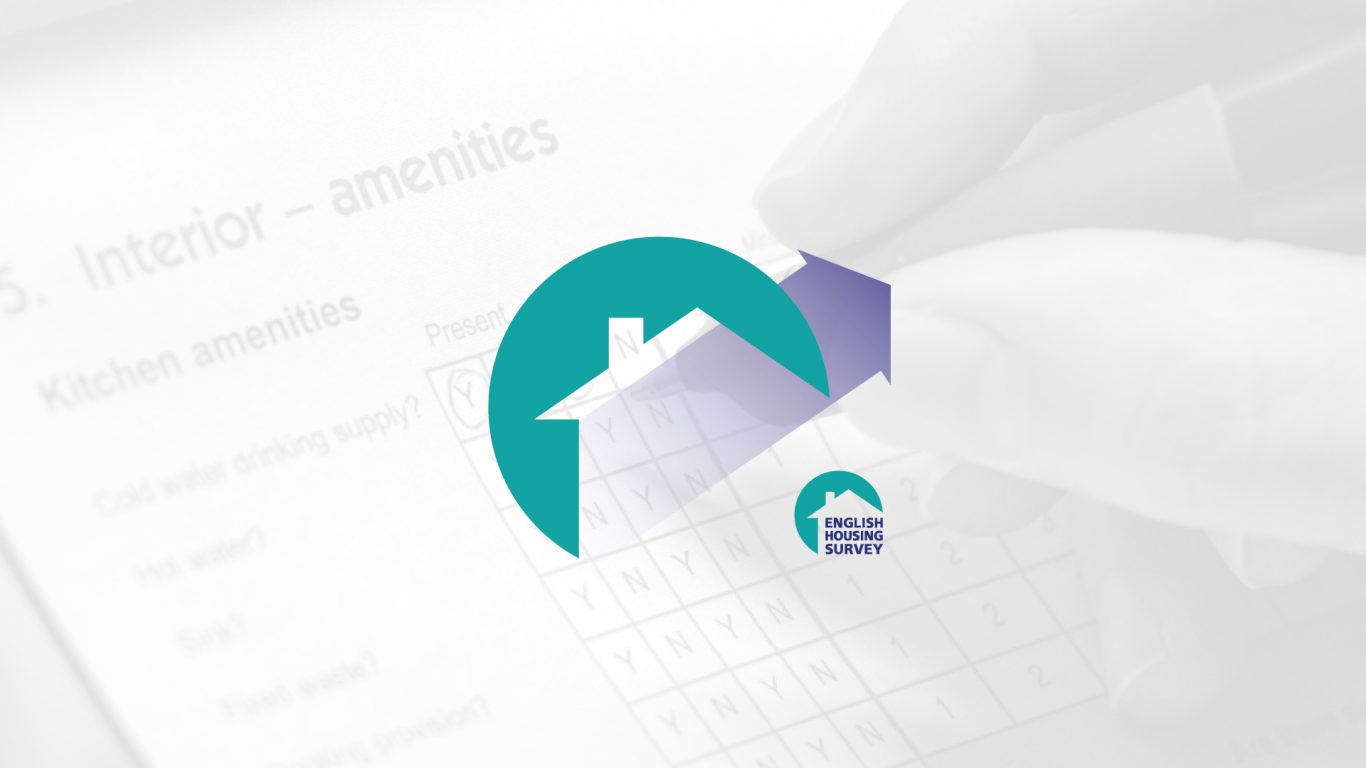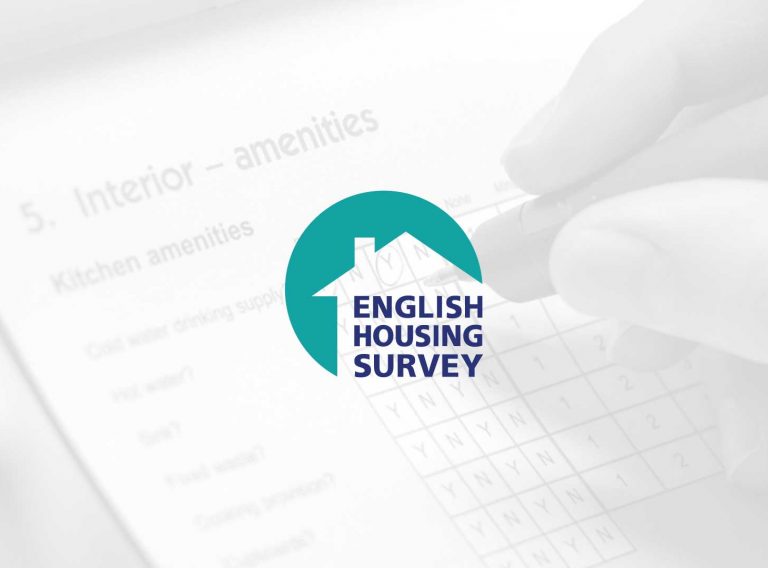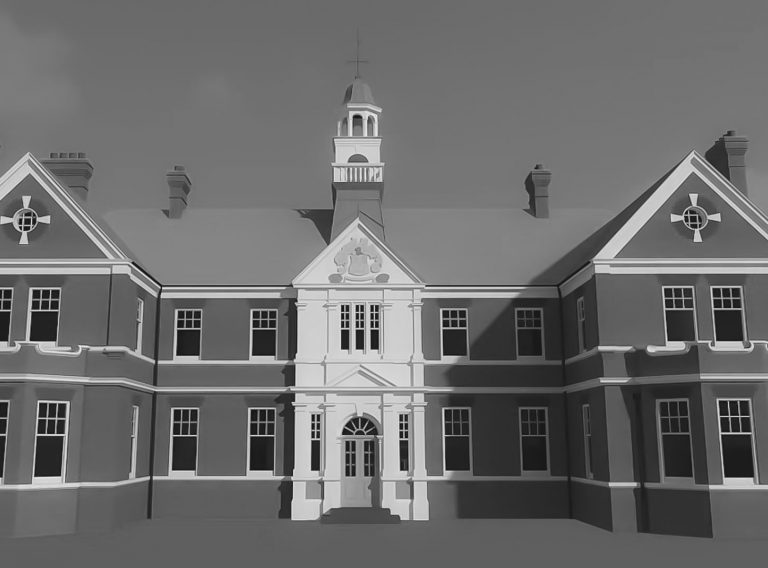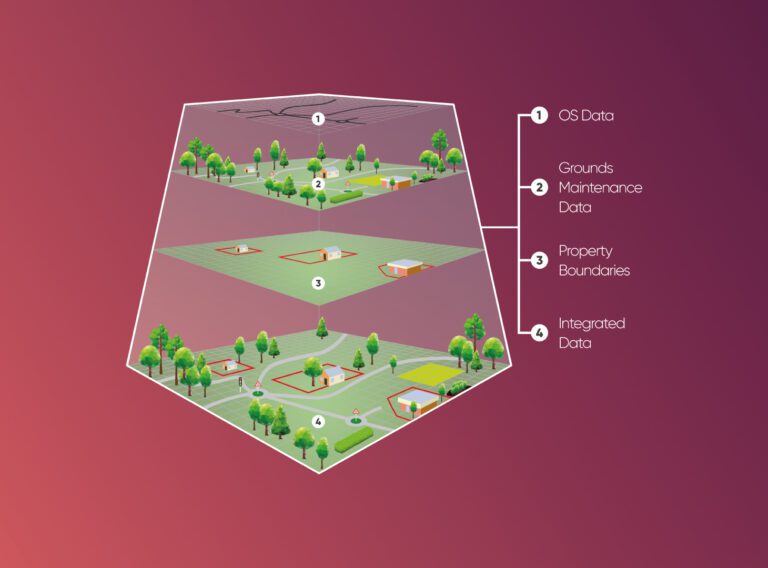English Housing Survey
CADS plays a key role in fulfilling the Government-commissioned English Housing Survey. This long-running survey records details about the condition of the country's housing stock.
English Housing Survey
The English Housing Survey (EHS) is a national survey of people’s housing circumstances and the condition and energy efficiency of housing in England. It is one of the longest-standing government surveys and was first run in 1967. Since 2011 CADS has undertaken around 6,200 physical surveys each year as part of a consortium including BRE and NatCen.
Although since March 2020 the survey had to be adapted to deal with the challenges of the pandemic and the data collected reflects the impact of lockdowns and restrictions.
This headline report was published in December 2021 by the Department for Levelling Up, Housing and Communities
The survey data recorded that the average life satisfaction score was 7.3 (out of ten) down from 7.7 in the previous year with owner-occupiers reporting nearly one point higher than those in the social rented sector (7.5 compared with 6.7). While owner-occupiers were also less anxious than renters.
Loneliness has also increased with 9% saying they were lonely often or always up from 6% in 2019-20 with 17% of social renters reporting they were lonely compared to 6% of owner-occupiers and 9% of private renters.
CADS plays a key role in fulfilling the Government-commissioned English Housing Survey. This long-running survey records details about the condition of the country’s housing stock.
Learn moreThe energy efficiency of the English housing stock has continued to improve and the social sector remains more energy efficient than the private sector. In the social rented sector, most dwellings (66%) were in energy efficiency ratio bands A to C, compared to private rented and owner-occupied dwellings (both 42%).
Owner occupation rates did not increase between 2019-20 and 2020-21, but rates are up over the longer term. Since 2013-14 there have been more outright owners than households with a mortgage. In 2020-21, 35% of households were outright owners while 30% were buying with a mortgage.
On average, owner-occupied homes are larger and are more likely to have outside space than rented homes. Dwellings in London (55%) were much less likely to have a private plot than the rest of England (85%) and 12% of dwellings in London had no plot at all.
There remains a lower proportion of non-decent homes in the social sector than in the private rented and owner-occupied sectors. In 2020, 13% of dwellings in the social rented sector failed to meet the Decent Homes Standard. This is lower than the proportion of private rented (21%) and owner occupied (16%) homes.

CADS plays a key role in fulfilling the Government-commissioned English Housing Survey. This long-running survey records details about the condition of the country's housing stock.
English Housing Survey
Get detailed and accurate measured building surveys whether your project is in the UK or Europe.
Measured building surveys
We provide cost and efficiency saving in asset management by helping clients create, maintain, update and analyse asset information within a Geographic Information System (GIS).
GIS & asset mapping
Our UK-based technicians have extensive experience in delivering a comprehensive range of quality drawing services in 2D and 3D CAD, predominantly using AutoCAD and Revit.
CAD drawing services